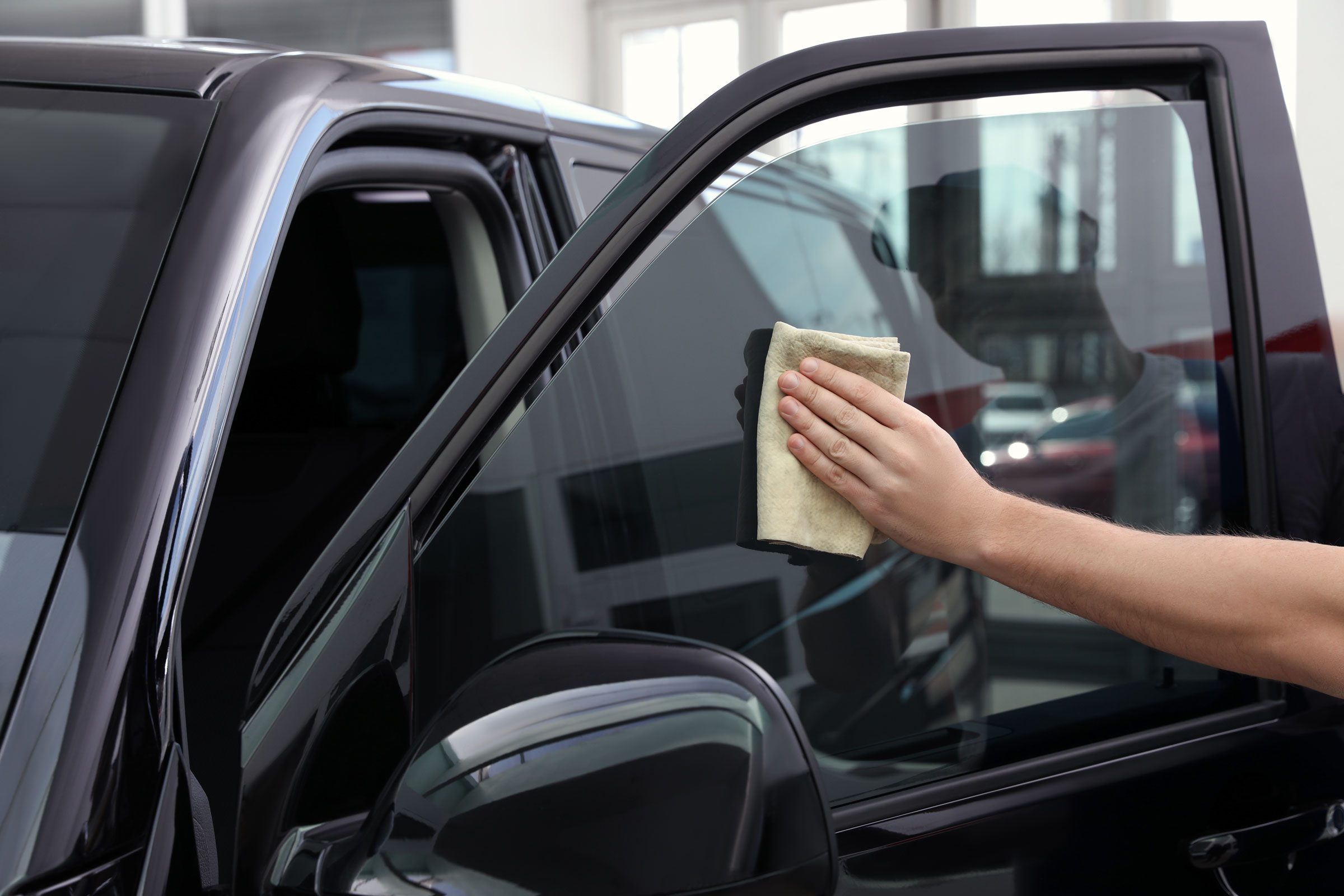Your Comprehensive Overview to DIY Window Tinting: Advice
Undertaking a Do it yourself window tinting job presents a possibility to enhance both the functionality and aesthetics of your room. Before beginning on this undertaking, it is critical to navigate the intricacies of regional tinting guidelines and pick an ideal movie that lines up with your purposes.
Understanding Window Tinting Regulations
Browsing the intricate landscape of window tinting laws is important for any DIY enthusiast seeking to improve their lorry's visual appeals and convenience. Each state in the united state has certain guidelines regarding the permitted levels of tint on different windows, which can considerably influence your decision-making procedure.
Typically, these regulations dictate the maximum allowed Visible Light Transmission (VLT) percent, which refers to the amount of light that can pass through the tinted home windows. For instance, some states permit just a specific percentage of color on the front windshield, while permitting darker tones on rear home windows. Conformity with these guidelines is important, as failing to stick can cause fines or the need to eliminate the color completely.
In addition, there are usually differences in between traveler lorries and business lorries, with different regulations relating to each classification. It's recommended to consult your neighborhood Department of Motor Autos or equal authority to gather exact details tailored to your area. Recognizing these legislations not only makes certain legal conformity yet also enhances safety by keeping presence and preventing potential dangers while driving.

Picking the Right Tint Film
Choosing the proper color movie is a critical action in the DIY window tinting procedure, as it directly affects both the appearance and functionality of your lorry's home windows. Several factors need to assist your choice, consisting of the kind of movie, its legal conformity, and your desired end results.
First, think about the different sorts of tint movies offered: dyed, metalized, ceramic, and hybrid. Colored films supply a standard level of privacy and warmth decrease however may discolor with time. Metalized movies offer improved warmth denial and sturdiness however can hinder digital signals. Ceramic movies, while a lot more expensive, give exceptional warmth resistance and UV security without signal interruption.
Next, make certain that the film complies with local laws concerning noticeable light transmission (VLT) percentages. Conformity with these laws is critical to prevent fines and make certain security.
Essential Devices for DIY Tinting
Having actually chosen the ideal color film for your windows, the following action includes collecting the essential devices to make certain an effective installation. The key tools you will require consist of an energy blade or a razor blade, which is necessary for cutting the color film to the wanted size. A squeegee is additionally critical, as it aids remove air bubbles and smooth out the film during application.
In addition to these key devices, a spray bottle loaded with soapy water will help in producing a workable surface area for the tint movie, permitting modifications before it adheres completely. A measuring tape makes sure accurate dimensions for reducing the movie precisely, while a soft towel or lint-free towel is essential for cleaning the glass surface before application.
Additionally, consider utilizing a warm gun or hairdryer, as this can aid mold the tint movie to the contours of the window and promote adherence. Gloves are a good idea to stay clear of fingerprints on the movie during installation. By collecting these necessary tools, you will certainly navigate here be well-prepared to tackle your DIY window tinting job effectively.
Step-by-Step Application Refine
Begin by completely cleansing the window surface area to ensure optimal adhesion of the color movie. As soon as the window is tidy, gauge the tint movie versus the window, enabling for a mild overlap on all sides.
Lightly spray the home window surface and the glue side of the film. Thoroughly straighten the film with the top of the window, ensuring it is directly. Window Tinting Folsom. Use a squeegee to smooth the film, applying firm, even stress.
Enable the tint to cure for at least 24 hours without rolling down the home windows. Follow these steps vigilantly for optimal results in your Do it yourself home window tinting task.
Upkeep and Treatment Tips
Proper maintenance and care of your home window color is important to guarantee its long life and performance. To start with, prevent making use of rough cleansers or harsh products when cleaning colored home windows. Instead, choose a mild, ammonia-free cleaner and a soft microfiber cloth to avoid scrapes and peeling off.
It's suggested to wait at the very least a week after installment before cleansing your windows to allow the glue to totally treat. During this initial period, stay clear of rolling Discover More down the windows to prevent any damage to the tint.
Regular upkeep includes checking the sides of the tint for any indicators of gurgling or raising (Window Tinting Folsom). If you see any concerns, it's ideal to address them promptly to avoid further deterioration. In addition, be mindful with making use of home window treatments, such as shades or curtains, as they can generate warm that might compromise the color over time

Conclusion
To conclude, undertaking a DIY home window tinting task requires careful consideration of neighborhood regulations, option of suitable tint movies, and the use of see this website vital tools. An organized application process makes certain optimal results, while routine upkeep contributes to the longevity of the tint. By sticking to these guidelines, people can achieve both visual enhancement and increased personal privacy in their rooms, making do it yourself window tinting a useful endeavor.